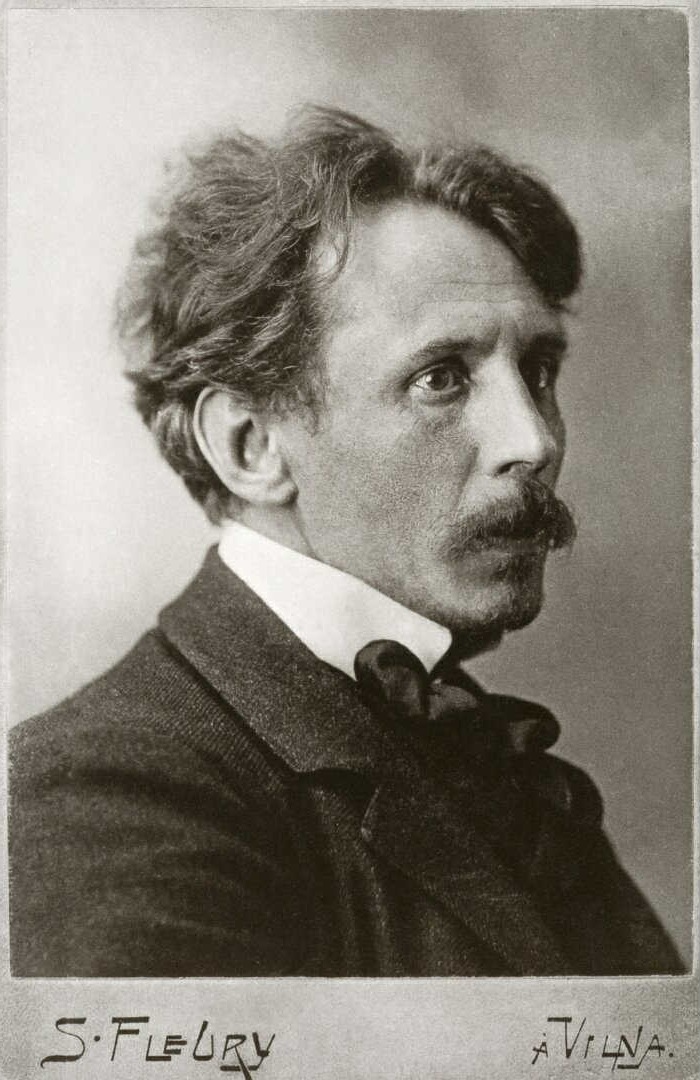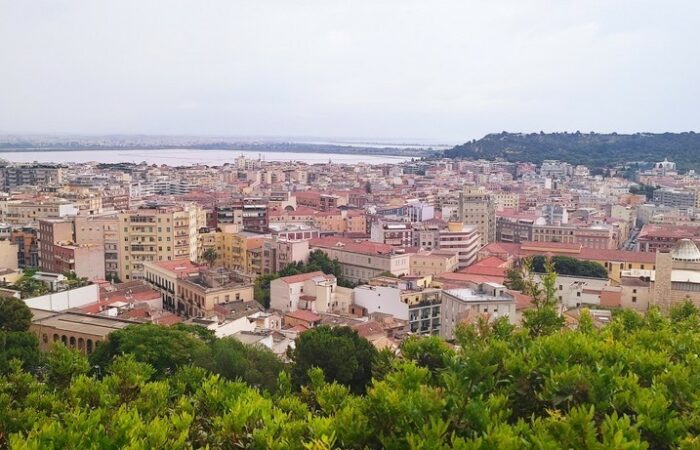By Nijole Darroh
If you’re planning a walk through the Vilnius University Botanical Garden, be sure to wear comfortable shoes – the area is truly vast, and the paths wind through a variety of landscapes. The garden was established back in 1781. Its total area covers an impressive 199 hectares and is located in two parts of Vilnius: Since 1818 – in Vingis (7.35 ha). Since 1974 – in Kairėnai (191.5 ha). It is the largest botanical garden in Lithuania and boasts the most extensive plant collection in the country: more than 10,000 different plant species are grown here. It has especially rich collections of bulb flowers, lilies, lilacs, peonies, dahlias, rhododendrons, and others. Additionally, 468 species of vascular plants grow naturally within the territory. Lots of rain in Lithuania let all plants grow nice and strong. Around very green and fresh. Of course, lots of gardeners take care about the place.
It is the largest botanical garden in Lithuania and boasts the most extensive plant collection in the country: more than 10,000 different plant species are grown here. It has especially rich collections of bulb flowers, lilies, lilacs, peonies, dahlias, rhododendrons, and others. Additionally, 468 species of vascular plants grow naturally within the territory. Lots of rain in Lithuania let all plants grow nice and strong. Around very green and fresh. Of course, lots of gardeners take care about the place. About 120 species of animals and birds also inhabit the garden. An interesting feature is the “Memory benches”, for which people pay and donate not only in memory of the deceased or famous individuals but also as tributes to friends and loved ones on various occasions. I found it very fascinating.
About 120 species of animals and birds also inhabit the garden. An interesting feature is the “Memory benches”, for which people pay and donate not only in memory of the deceased or famous individuals but also as tributes to friends and loved ones on various occasions. I found it very fascinating.  The garden’s grounds include an old burial site and burial mound, as well-preserved 16th-century Kairėnai manor buildings: the mill, stables, carriage house, and their foundations. The manor is surrounded by an English-style park with ponds, once owned by prominent Lithuanian rich families – including famous Sapiega family. In the 19th century, the manor served as an important public center in Vilnius, hosting concerts, political meetings, and amateur theater performances. Very popular place for intelligent crowd.
The garden’s grounds include an old burial site and burial mound, as well-preserved 16th-century Kairėnai manor buildings: the mill, stables, carriage house, and their foundations. The manor is surrounded by an English-style park with ponds, once owned by prominent Lithuanian rich families – including famous Sapiega family. In the 19th century, the manor served as an important public center in Vilnius, hosting concerts, political meetings, and amateur theater performances. Very popular place for intelligent crowd.  Today, the Botanical Garden is not only a hub for science and nature education but also a popular venue for weddings, educational events, and conferences. I even witnessed preparations for a celebration with a personal chef, tables covered in white linen, and bouquets of lupines.
Today, the Botanical Garden is not only a hub for science and nature education but also a popular venue for weddings, educational events, and conferences. I even witnessed preparations for a celebration with a personal chef, tables covered in white linen, and bouquets of lupines. For those interested, horse stalls are available for rent. There’s also a café-restaurant where visitors can take a break, have lunch, or enjoy a cup of coffee after a long walk. This place is truly a haven of nature. And the greenery and fresh air – I suspect I’ll remember them for a long time while living in the heat of Cyprus. I might even dream about them…
For those interested, horse stalls are available for rent. There’s also a café-restaurant where visitors can take a break, have lunch, or enjoy a cup of coffee after a long walk. This place is truly a haven of nature. And the greenery and fresh air – I suspect I’ll remember them for a long time while living in the heat of Cyprus. I might even dream about them… For the First Time: Exhibition “Blossoms Dedicated to the 150th Anniversary of M. K. Čiurlionis” at the VU Botanical Garden. The Botanical Garden of Vilnius University (VU) in Kairėnai invites you to a unique exhibition titled “Blossoms Dedicated to the 150th Anniversary of M. K. Čiurlionis”, taking place from June 13 to 15. This exhibition is a meaningful tribute to one of Lithuania’s most renowned artists, uniting the beauty of nature with artistic creativity.
For the First Time: Exhibition “Blossoms Dedicated to the 150th Anniversary of M. K. Čiurlionis” at the VU Botanical Garden. The Botanical Garden of Vilnius University (VU) in Kairėnai invites you to a unique exhibition titled “Blossoms Dedicated to the 150th Anniversary of M. K. Čiurlionis”, taking place from June 13 to 15. This exhibition is a meaningful tribute to one of Lithuania’s most renowned artists, uniting the beauty of nature with artistic creativity. The highlight of the exhibition is a Paeonia lactiflora (Chinese Peony) hybrid named in honor of M. K. Čiurlionis. This variety was developed by renowned flower grower and breeder Pranciškus Puidokas.
The highlight of the exhibition is a Paeonia lactiflora (Chinese Peony) hybrid named in honor of M. K. Čiurlionis. This variety was developed by renowned flower grower and breeder Pranciškus Puidokas. Visitors will have the opportunity to admire a wide range of ornamental plant species and varieties, including the special Čiurlionis-named peony. The VU Botanical Garden houses more than 340 peony varieties.
Visitors will have the opportunity to admire a wide range of ornamental plant species and varieties, including the special Čiurlionis-named peony. The VU Botanical Garden houses more than 340 peony varieties. The exhibition’s opening was attended by representatives of Vilnius University, guests from the Ministry of Culture, and members of the media. The atmosphere was festive, and the flowers left no one indifferent. The surroundings were adorned with children’s paintings, adding warmth and creativity to the event.
The exhibition’s opening was attended by representatives of Vilnius University, guests from the Ministry of Culture, and members of the media. The atmosphere was festive, and the flowers left no one indifferent. The surroundings were adorned with children’s paintings, adding warmth and creativity to the event.  We are proud that Lithuania can honour its cultural heritage in such beautiful and meaningful ways. Today, not only is Vilnius Airport named after M. K. Čiurlionis, but also a blooming peony – a delicate symbolic tribute.
We are proud that Lithuania can honour its cultural heritage in such beautiful and meaningful ways. Today, not only is Vilnius Airport named after M. K. Čiurlionis, but also a blooming peony – a delicate symbolic tribute.  I kindly invite residents of Vilnius and visitors to the city to visit the VU Botanical Garden this weekend – to admire the blooming peonies, experience peace, feel the spirit of creativity, and find inspirations. For me it was beautiful experience!
I kindly invite residents of Vilnius and visitors to the city to visit the VU Botanical Garden this weekend – to admire the blooming peonies, experience peace, feel the spirit of creativity, and find inspirations. For me it was beautiful experience!
Nijole Darroh (Facebook )




